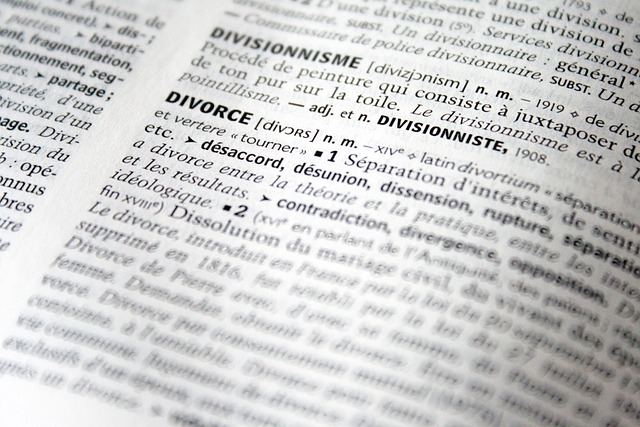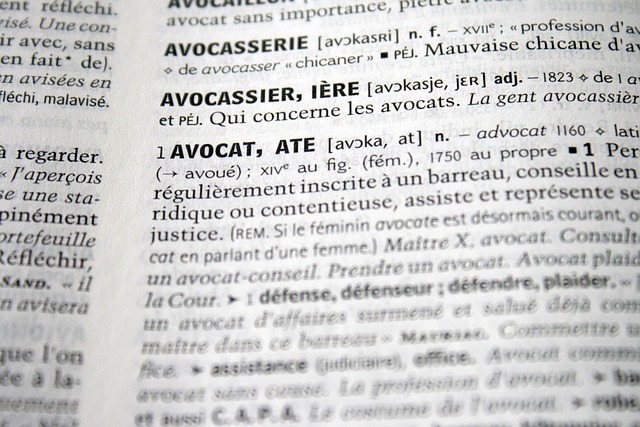Mail wire fraud, a global issue, is fought through regulatory frameworks and legal battles. Understanding Regulatory Law Litigation Stages is key: investigations, civil lawsuits, evidence presentation, witness examination, jury trials. Success in defenses highlights strategic complexity, especially in white-collar crimes. Key laws govern financial transactions, data protection, and privacy, preventing and prosecuting fraud. Case studies reveal sophisticated schemes, emphasizing the need for business process knowledge to mitigate risks.
Mail wire fraud remains a persistent, sophisticated threat in today’s digital age. This comprehensive guide delves into the intricate world of mail wire scams, providing a detailed Understanding Regulatory Law. We explore the Litigation Stages involved in exposing and prosecuting these schemes, from initial detection to final resolution. Additionally, we uncover common Regulatory Frameworks and offer preventative measures against evolving fraud techniques through real-world Case Studies.
- Mail Wire Fraud: A Comprehensive Overview
- Regulatory Framework and Legal Landscape
- Stages of Litigation: Unraveling the Process
- Detecting and Preventing Common Schemes
- Case Studies: Real-World Scams Exposed
Mail Wire Fraud: A Comprehensive Overview
Mail Wire Fraud is a sophisticated and prevalent criminal activity that involves deceptive practices related to financial transactions through mail or electronic means. It encompasses a range of schemes designed to defraud individuals, businesses, and institutions by manipulating wire transfers, checks, and other forms of electronic payment. Understanding Regulatory Law is key in combating these frauds; regulatory bodies worldwide have implemented strict guidelines and penalties for offenders.
The litigation stages of Mail Wire Fraud cases are intricate. It begins with an investigation by law enforcement or financial regulators, followed by civil lawsuits filed by victims or government agencies. The trial process involves presenting evidence, examining witnesses, and arguments from both prosecutors and defendants’ attorneys. In many cases, particularly involving white-collar offenses, the outcome can be determined by jury trials, where a group of citizens deliberates and renders a verdict. Achieving winning challenging defense verdicts is not uncommon, as robust defenses can highlight procedural errors or mitigate criminal intent, showcasing the complexity and strategic nature of legal battles in this domain.
Regulatory Framework and Legal Landscape
The landscape of mail wire frauds is shaped significantly by the regulatory framework designed to combat white-collar and economic crimes. Understanding regulatory law is crucial in navigating the complexities of such cases. Laws governing financial transactions, data protection, and consumer privacy are pivotal in preventing and prosecuting these fraudulent activities. Regulatory bodies play a critical role in setting standards and guidelines that institutions must adhere to, ensuring a robust system for detecting and reporting suspicious mail wire activities.
The legal landscape for mail wire fraud cases involves multiple stages of litigation, each with its own set of challenges and considerations. From the initial investigation by regulatory authorities to the trial phase, achieving extraordinary results often hinges on the quality of evidence presentation and legal strategy. An unprecedented track record in such litigation demonstrates the effectiveness of legal teams in unraveling intricate financial schemes and securing justice for victims.
Stages of Litigation: Unraveling the Process
Mail wire fraud cases often traverse a complex legal landscape, with understanding regulatory law litigation stages being crucial for all involved. The process typically begins with an investigation, where authorities or private investigators uncover suspicious activities indicative of fraudulent practices. This stage is critical in gathering evidence and identifying key players, setting the foundation for subsequent proceedings.
Once sufficient grounds are established, the case progresses to formal charges, involving the filing of complaints or indictments. Here, legal teams delve into specific litigation stages tailored to the nature of the alleged fraud. These stages encompass pre-trial motions, discovery processes, and eventual trials where both sides present their cases. The outcome can significantly impact the respective business entities involved, with successful prosecutions potentially leading to substantial penalties, including fines and jail time, especially in high-stakes cases. Avoiding indictment becomes a primary concern for defendants, who must navigate these stages while mounting robust defenses.
Detecting and Preventing Common Schemes
Detecting and preventing mail wire fraud involves understanding common schemes that criminals employ. One prevalent tactic is phishing, where fraudulent emails or text messages impersonate legitimate organizations to trick recipients into revealing sensitive information like passwords and financial data. Another scheme involves redirecting wire transfers to unauthorized accounts, often through sophisticated email spoofing or fake websites mimicking genuine banking portals.
Knowing the regulatory law and litigation stages is crucial for both individuals and institutions. By staying informed about the latest legal developments and best practices in cybersecurity, one can better navigate all stages of the investigative and enforcement process. In high-stakes cases involving philanthropic and political communities, where large sums of money are at stake, robust security measures and vigilance against such frauds become even more essential.
Case Studies: Real-World Scams Exposed
Mail wire frauds are a growing concern in today’s digital age, with criminals employing sophisticated tactics to exploit individuals and businesses alike. Case studies from real-world scams expose the intricate mechanisms behind these schemes. For instance, one notable case involved a ring of hackers who targeted small businesses, compromising their email systems to divert funds. By masquerading as legitimate financial institutions, they orchestrated a web of deception, leading to significant financial losses. This highlights the importance of understanding regulatory law and navigating the litigation stages effectively in such cases.
Through these studies, it becomes evident that an unprecedented track record in winning challenging defense verdicts is not merely about legal acumen but also a comprehensive grasp of the respective business processes. By delving into these scams, professionals can identify vulnerabilities and develop robust strategies to mitigate risks. This proactive approach ensures that businesses are better equipped to safeguard their operations and protect themselves from such cunning frauds.
Mail wire fraud remains a significant challenge in today’s digital age, impacting individuals and businesses alike. By understanding the comprehensive overview, regulatory framework, and legal landscape presented here, as well as the various stages of litigation involved, we can better detect, prevent, and combat these schemes. Recognizing common scams through real-world case studies further equips us to protect against such threats. Ultimately, staying informed on both the regulatory law and litigation stages is crucial in safeguarding our financial systems and personal information.






